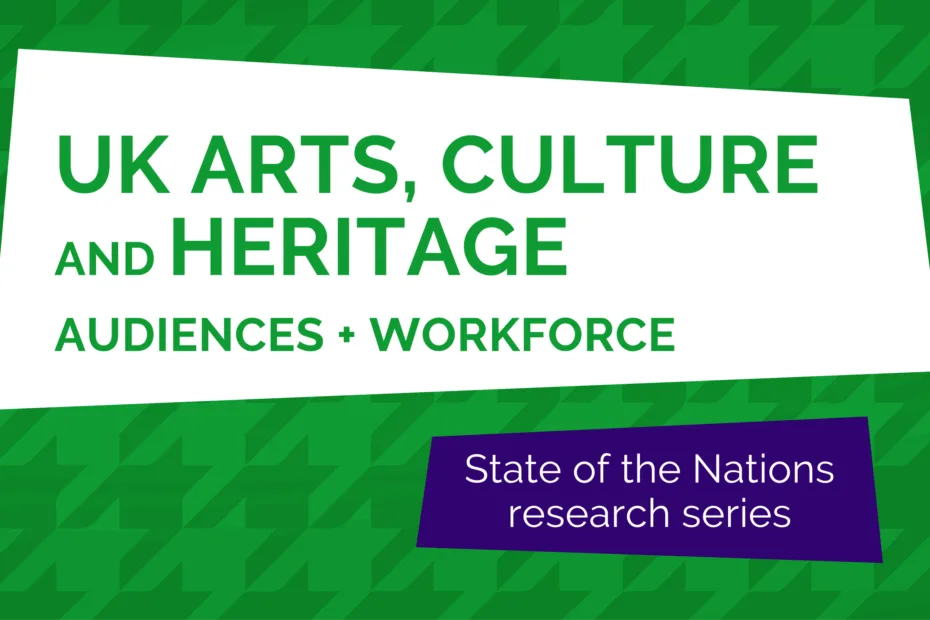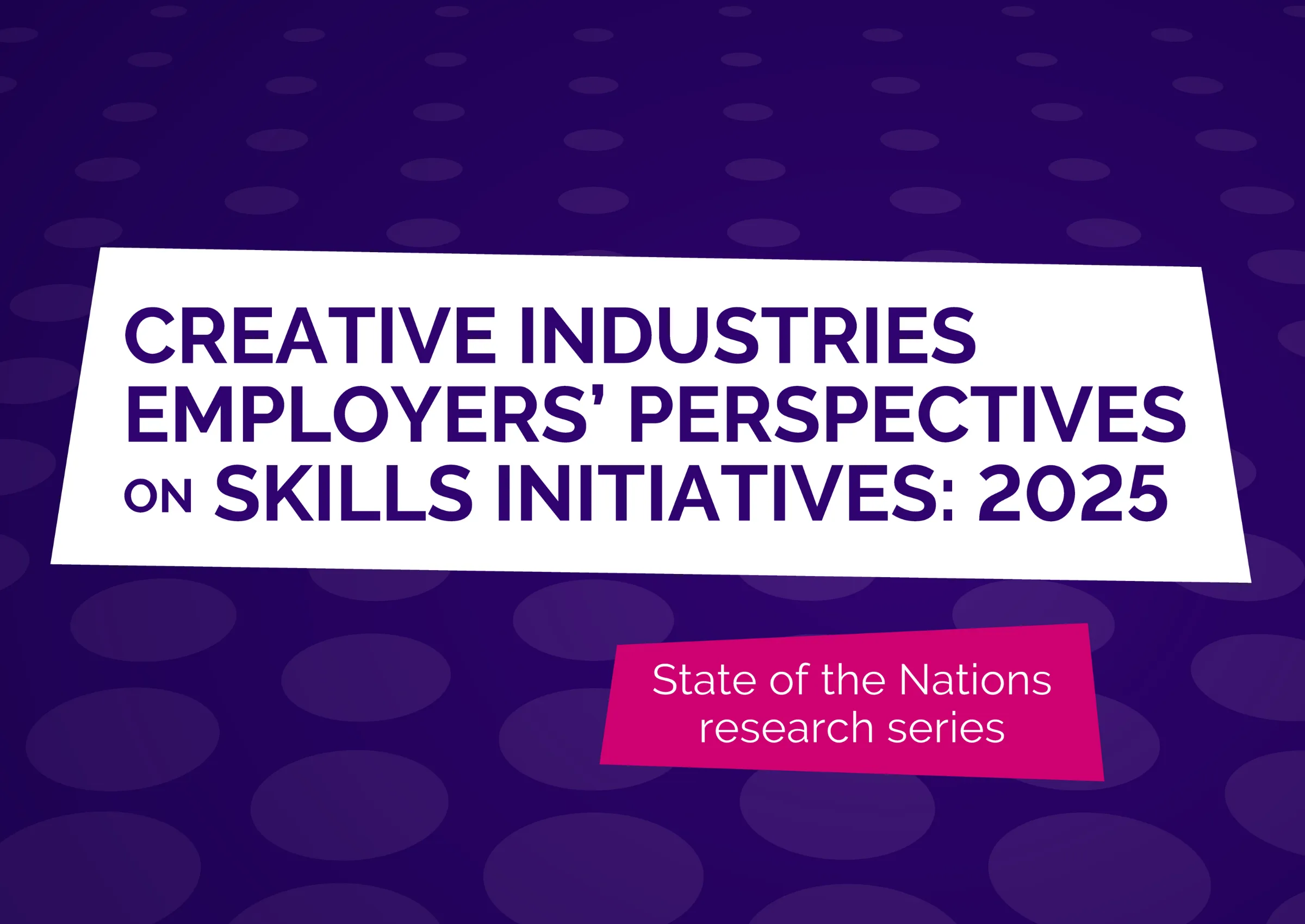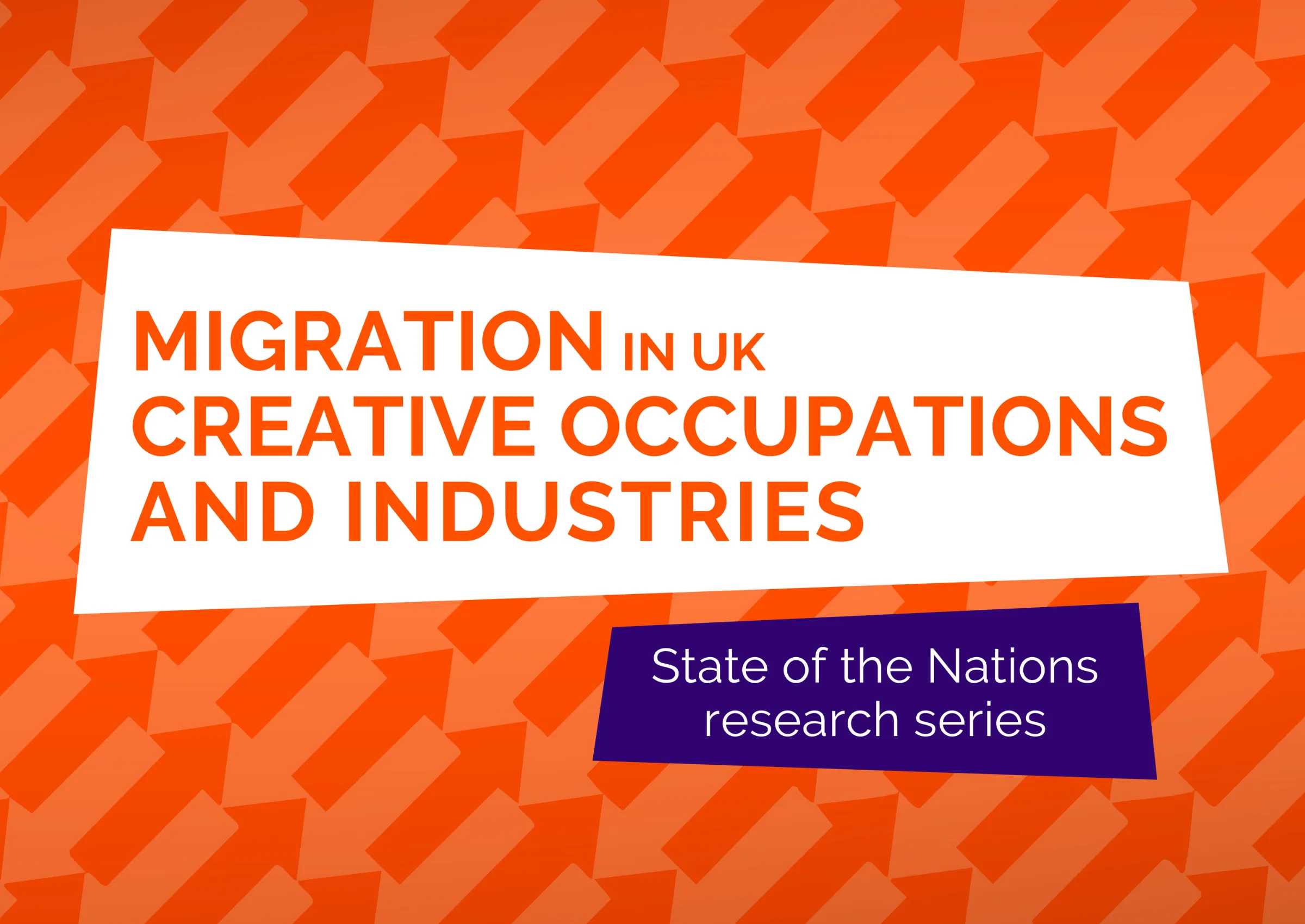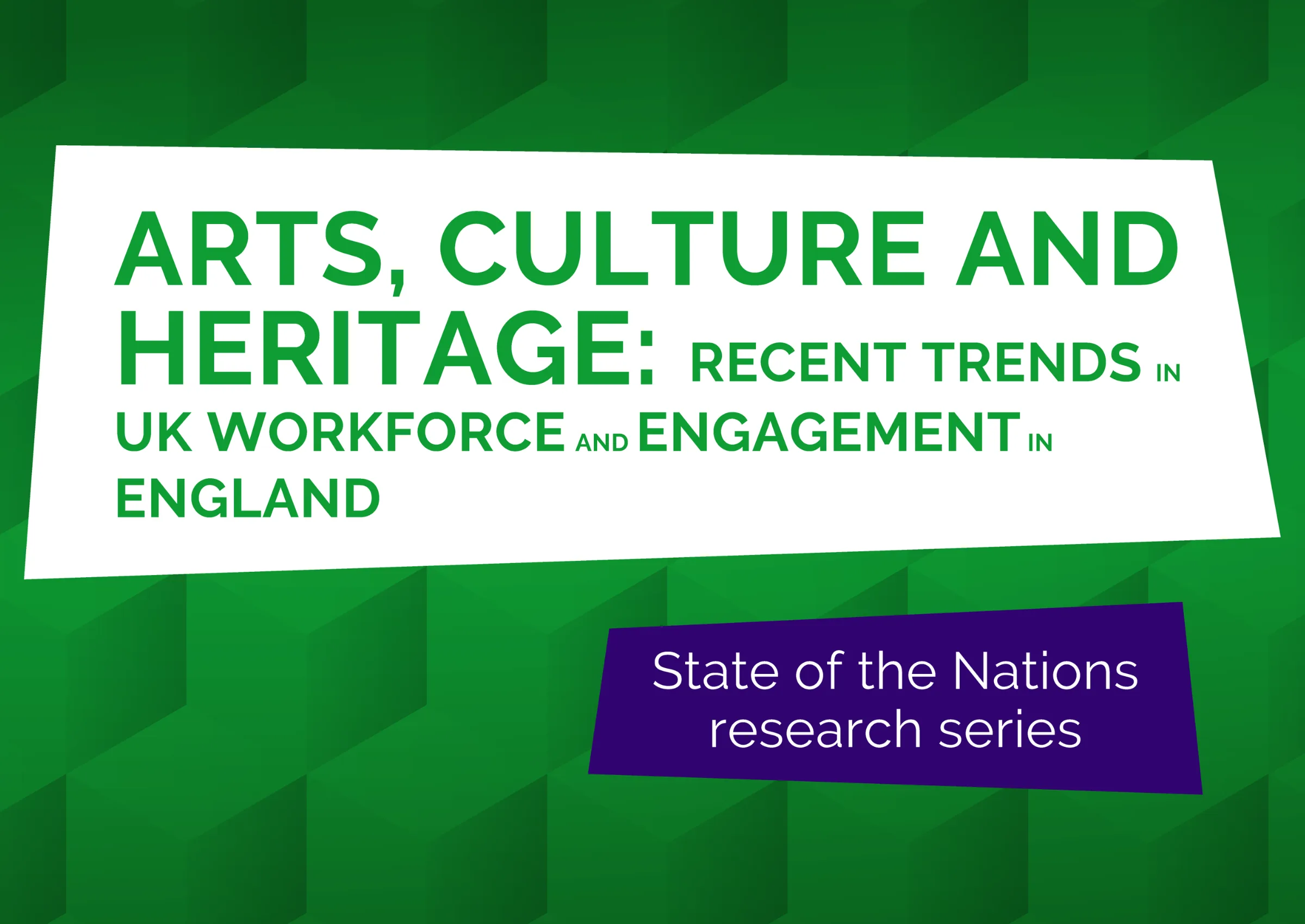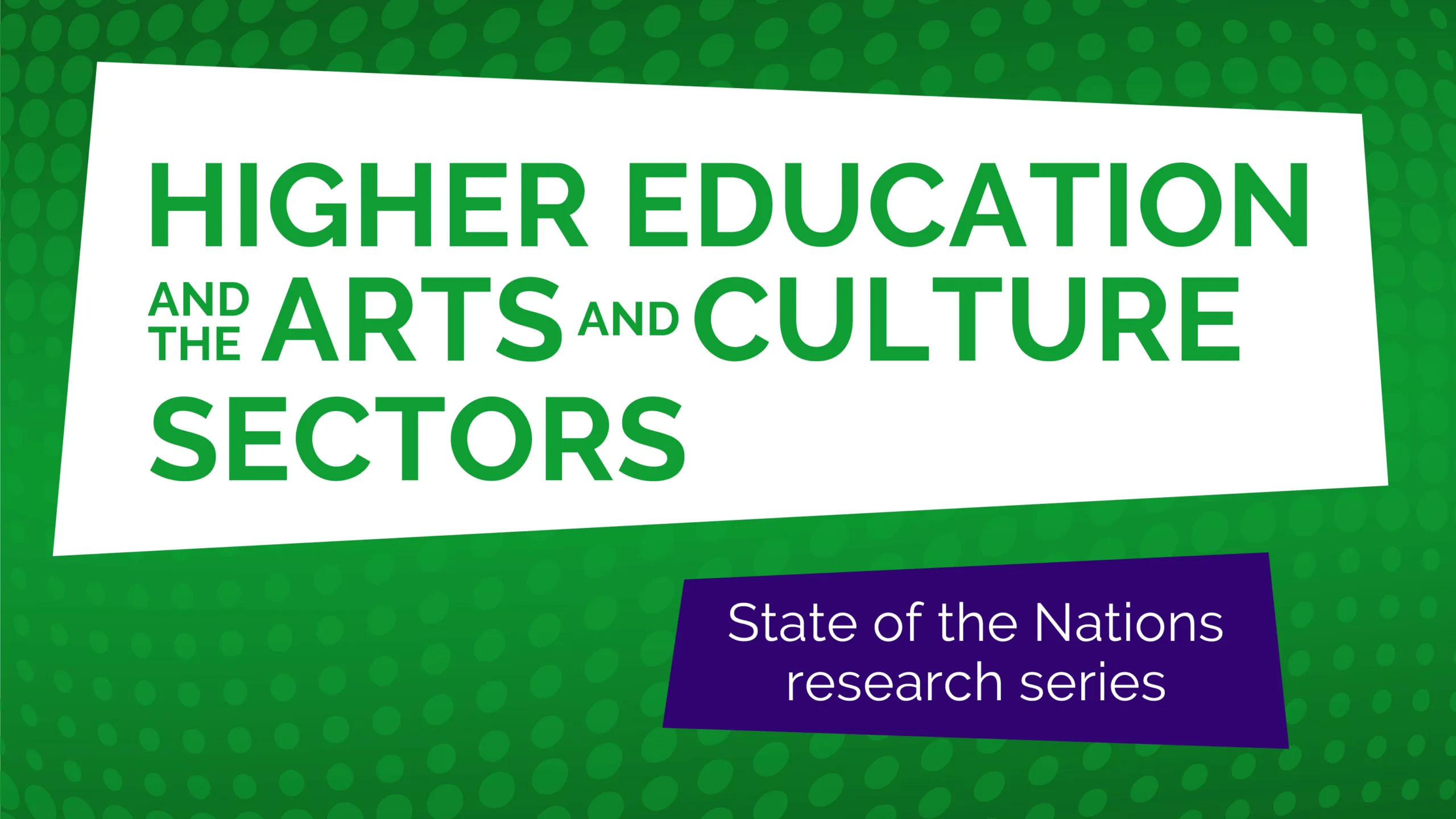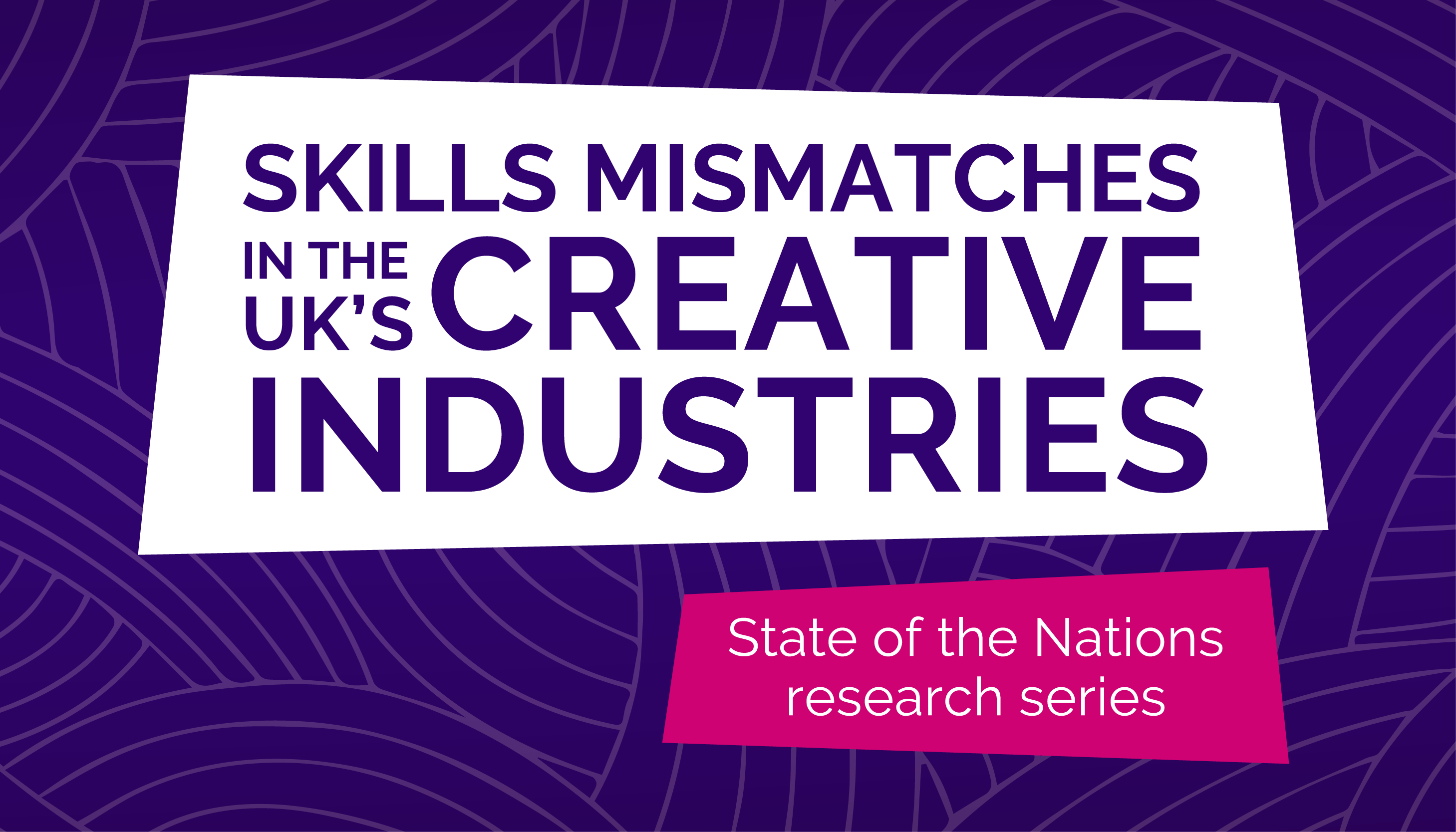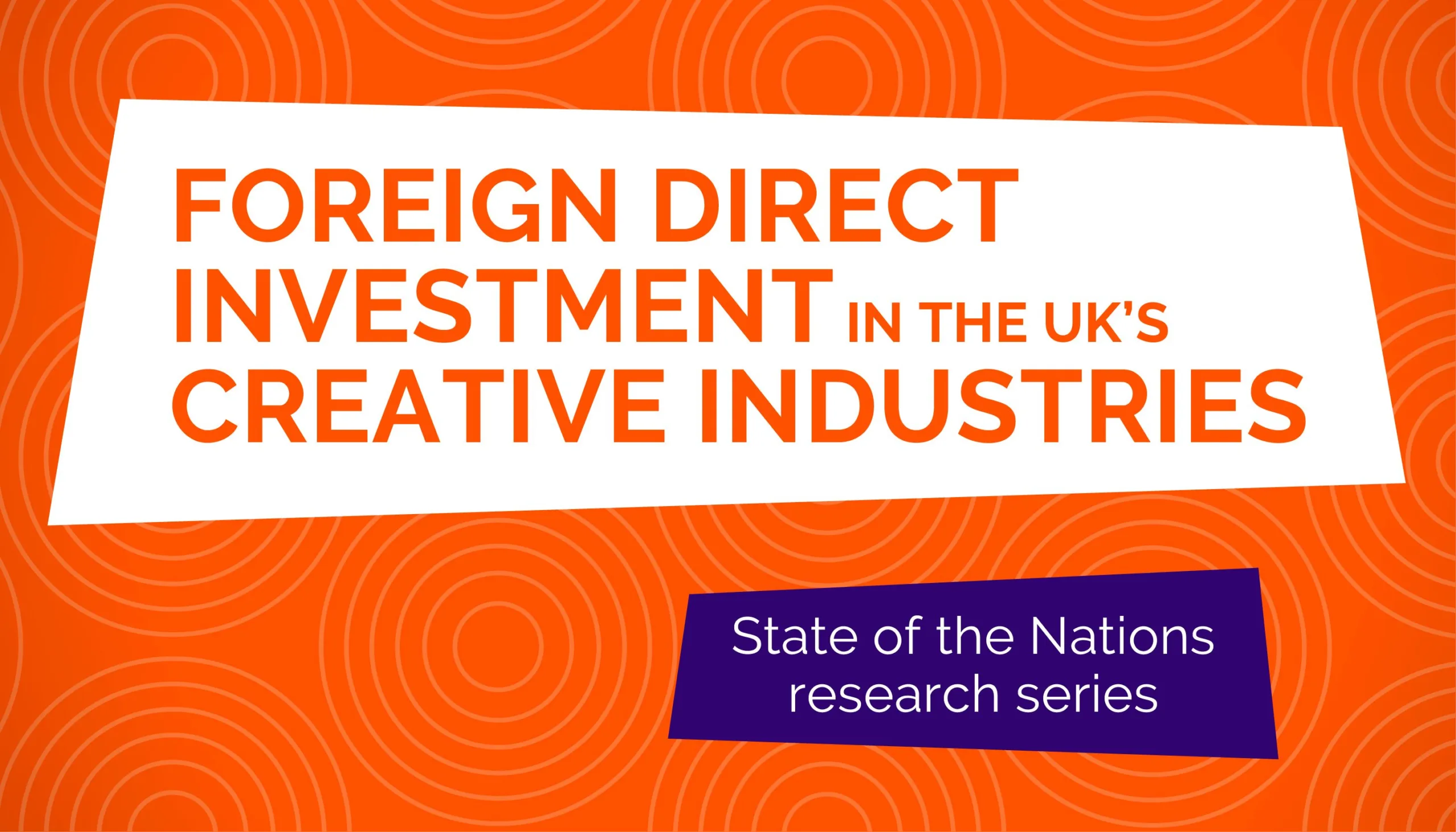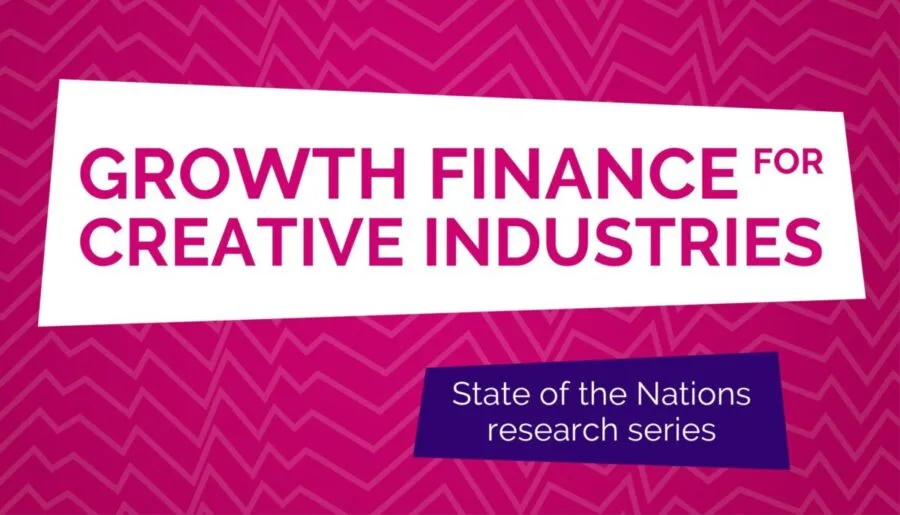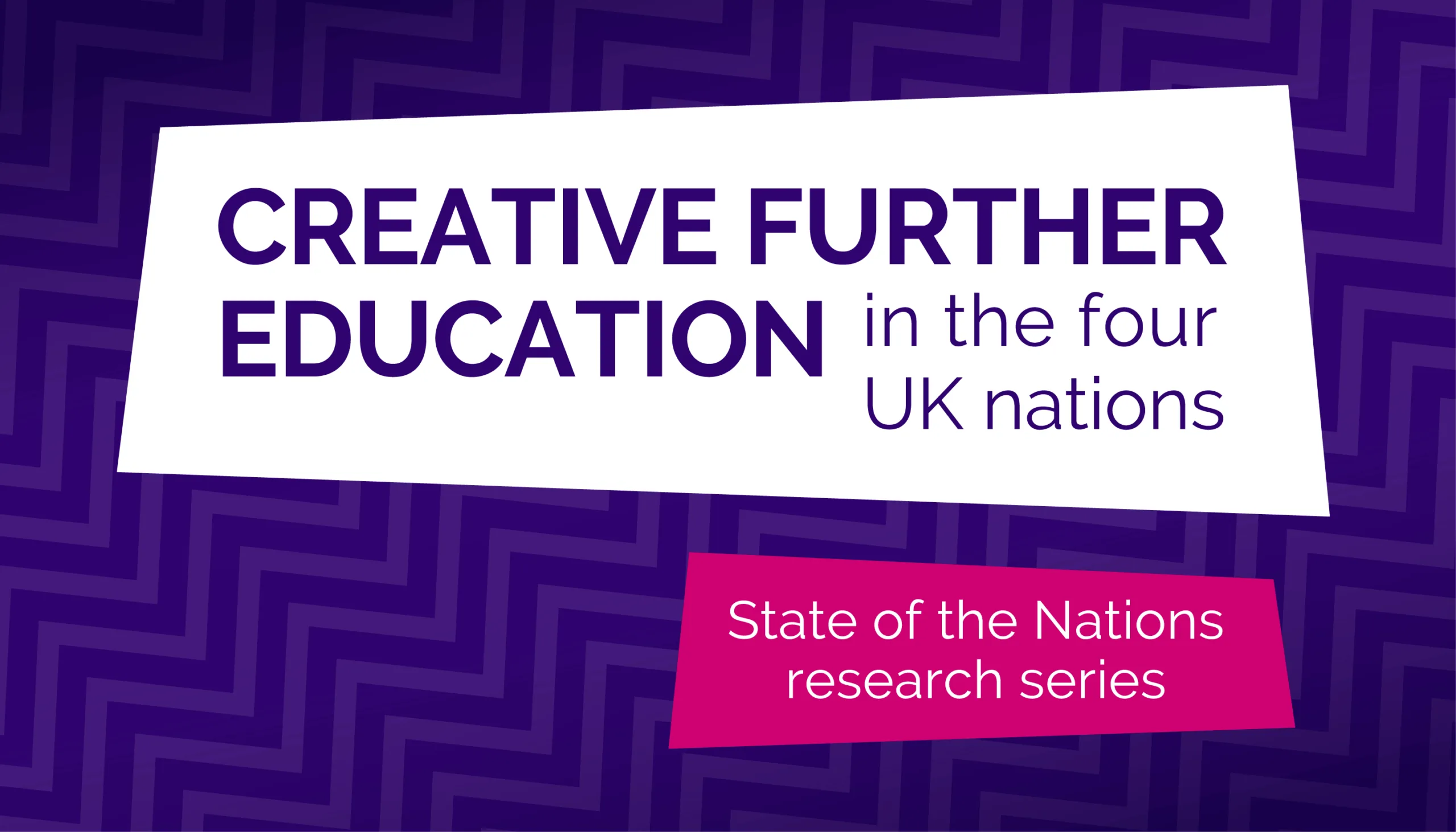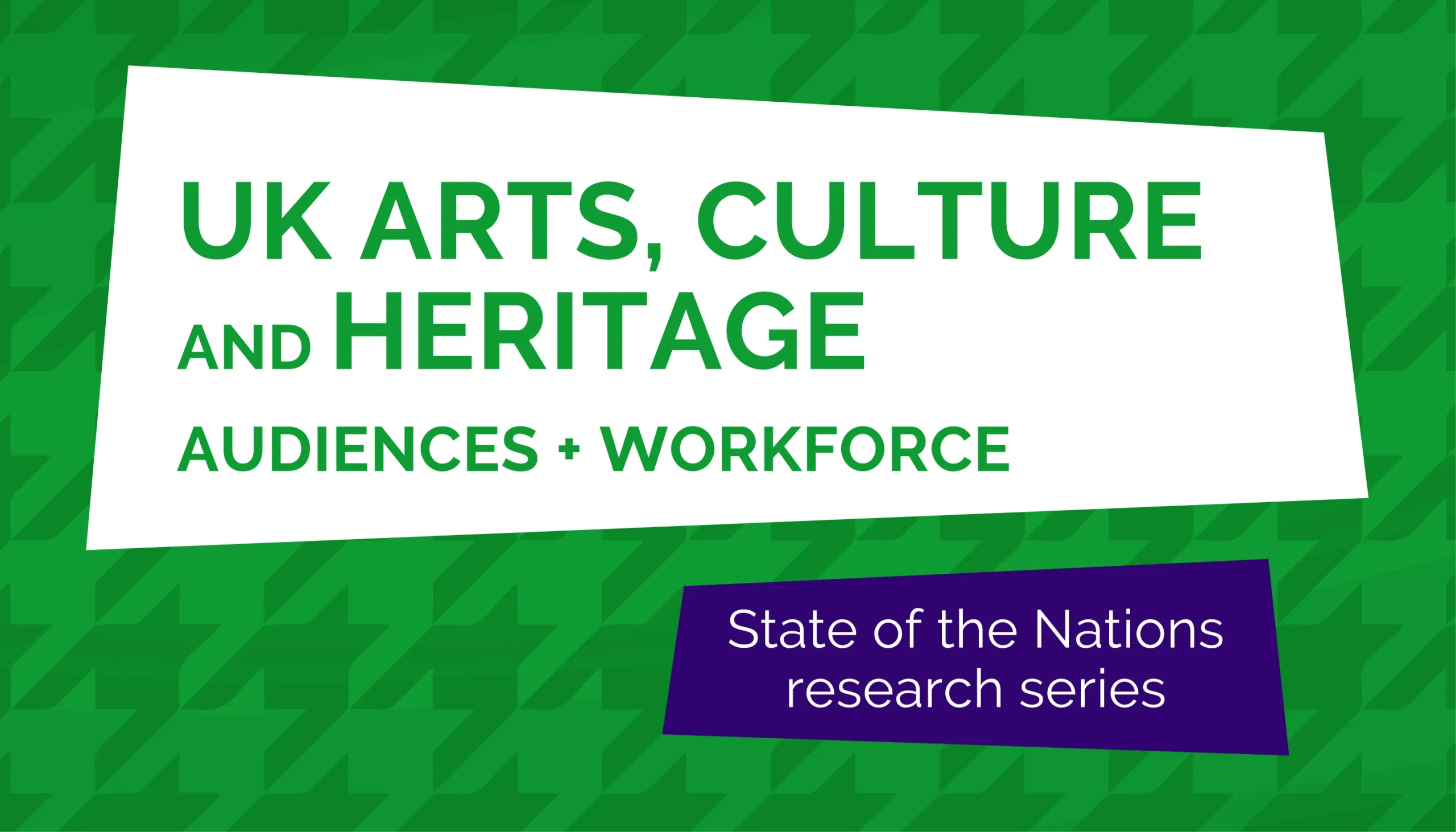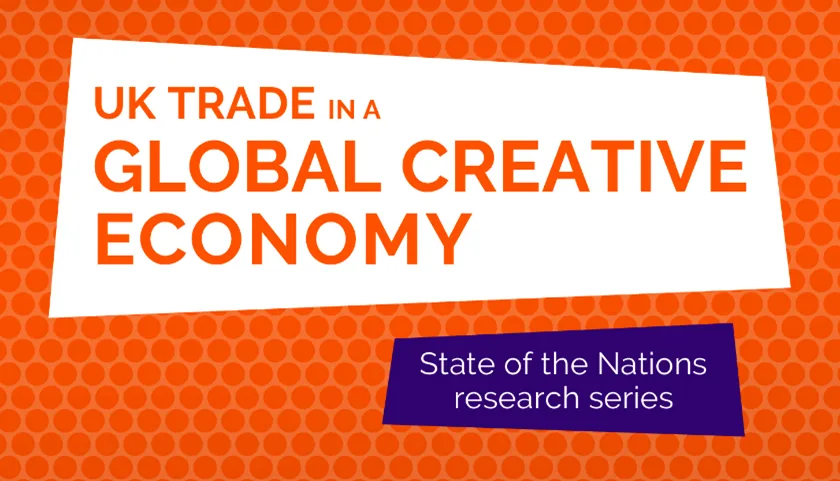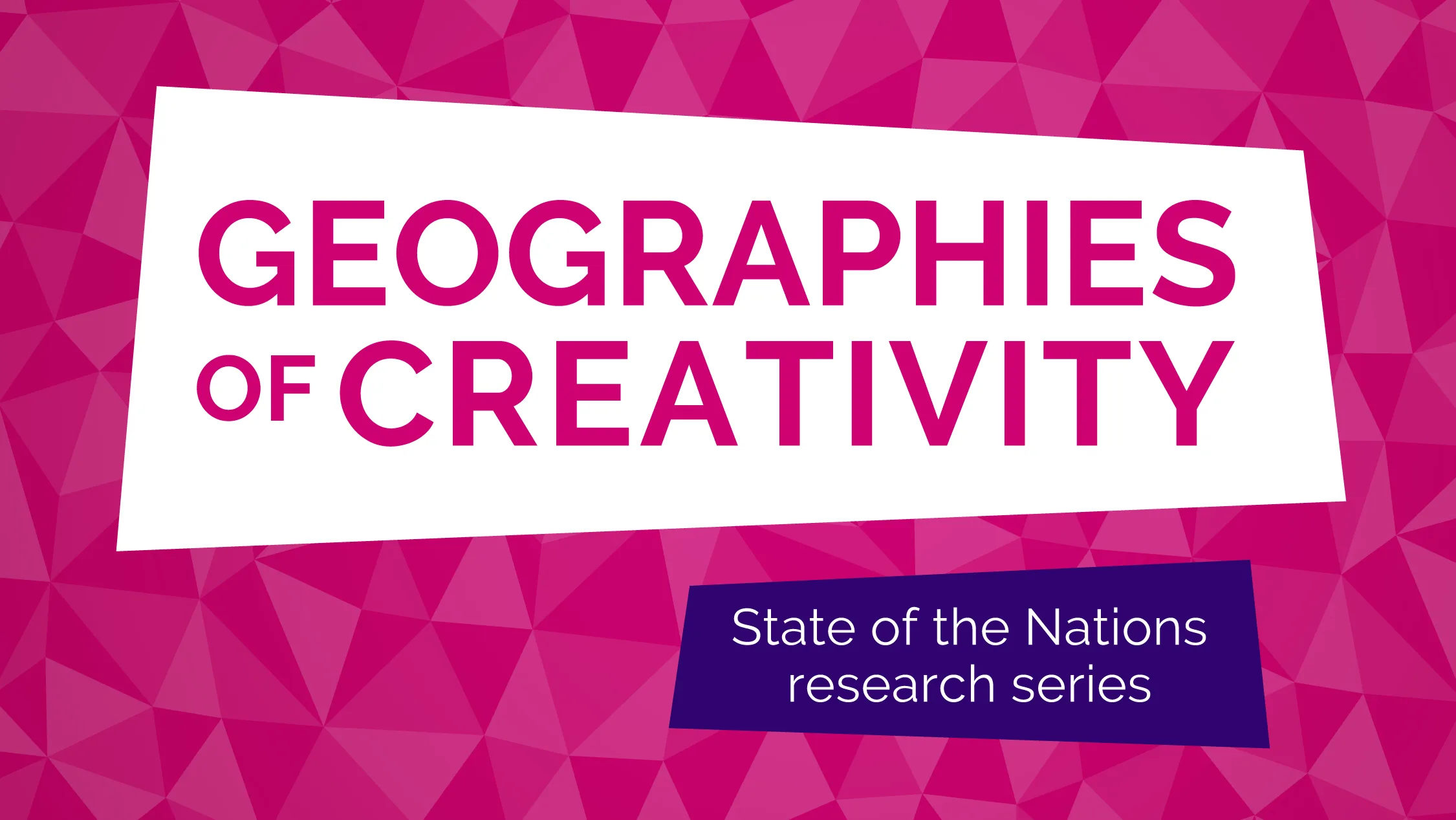A Creative PEC State of the Nations Report
Arts, culture and heritage play a vital role in the UK, enriching society and generating new ideas, while also significantly contributing to local economies.
However, there are persistent social inequalities in who produces and participates in arts, culture and heritage, and who gets the opportunity to work in the sector.
This State of the Nations report from the Creative Industries Policy & Evidence Centre (Creative PEC) uses census data to provide, for the first time, a comprehensive analysis of audiences and workforce. The insights shed light on where progress has been made on inclusion, and where significant inequalities and barriers still exist that require policy interventions.
The analysis, using data from Census 2021, the Participation Survey, 2021-2022, and the Labour Force Survey, is also presented in an online data dashboard and interactive maps (*see the bottom of the page for further information)
Dashboard 1: Diversity in the labour market within arts, culture, and heritage occupations
Click here to view the dashboard and interactive maps
Dashboard 2: Arts, culture and heritage occupations by location
Click here to view the dashboard and interactive maps
Despite significant policy initiatives and industry commitments to tackle equality, diversity and inclusion (EDI) problems, the latest data shows inequality persists in areas including workforce demographics, audience engagement and participation, and the geographic distribution of job opportunities.
Geographic inequality persists too, with London dominating as the location for arts, culture and heritage employment, though significant hubs exist in cities including Brighton and Cardiff.
Key findings
- The proportion of people working across arts, culture and heritage who are White is 90%; higher than the general workforce figure at 85% according to Labour Force Survey data from 2023.
- In terms of class inequality, 60% of arts, culture and heritage workers grew up in a household where the main income earner was in a ‘managerial or professional’ role; the equivalent figure for the whole workforce is 43%.
- In ‘Film, TV, video, radio and photography’ just 8.4% of people identify as being from a working-class background.
- Women comprise only 34% of ‘managers and directors in the creative industries.’
For organisations, funders, policymakers, and anyone passionate about improving access and representation in arts, culture and heritage, this report is essential reading.
Watch the launch event
The report Arts, Culture and Heritage: Audiences and Workforce is published by the Creative Industries Policy and Evidence Centre, which is led by Newcastle University with the Royal Society of Arts and funded by the Arts and Humanities Research Council and funded by the Arts and Humanities Research Council.
The report authors are Dr Mark Taylor, University of Sheffield, Dr Siobhan McAndrew, University of Sheffield, Professor Dave O’Brien, University of Manchester and Dr Ruoxi Wang, University of Sheffield.
Citation: If the information in this report is used in any subsequent research and/or publications, please cite as follows: McAndrew, S., O’Brien, D., Taylor, M. and Wang, R. (2024) Audiences and workforces in arts, culture and heritage. doi: 10.5281/zenodo. 11150622.
Note: Scotland has not been included in the in-depth map of the cultural workforce due to a lack of available Census data.
The DCMS Participation Survey collects data for England only. However, wider comparative references are made to the cultural engagement data from the Scottish Household Survey, the National Survey for Wales, and the Continuous Household Survey within the report.
About State of the Nations
The Creative PEC’s ‘State of the Nations’ series analyses the latest data across four thematic areas to inform the development of policies relating to the creative industries. Their scope is the whole of the United Kingdom, and wherever possible data is presented for all the nations and regions. Regular reports on each area will be published biannually over the five years of the Arts and Humanities Research Council (AHRC) funding. The themes and corresponding Research Partners are:
- R&D, Innovation and Clusters (University of Sussex)
- Internationalisation (Newcastle University)
- Arts, Culture and Heritage Sectors (The University of Sheffield)
- Education, Skills and Talent (Work Advance).
How to use and interpret the interactive dashboard and maps
Dashboard 1 (Diversity in the labour market):
Data is derived from ONS’ Diversity in the labour market, England and Wales: Census 2021.
“Occupation” refers to occupational groups classified through Standard Occupational Classification (SOC) 2020 codes. Figures for “All other occupations” are all the occupations other than the twelve arts, culture and heritage occupations available here.
Percentages are based on all the people who responded to the Census question about their main job. The individual percentages describe how many of the people in a given occupation have the characteristics in question.
This data does not distinguish between people who are employed, self-employed, full-time, or part-time.
Dashboard 2 (maps)
Data is derived from ONS’ Occupations of those in employment, by local area, working pattern, employment status and disability status, England and Wales, Census 2021.
Percentages refer to the number of people working in each occupation as their main job as a percentage of people working in any occupation for that area, based on Census 2021. Numbers refer to the overall numbers of people working in that occupation as their main job for that area, rounded to the nearest 5.
This data does not distinguish between people who are employed, self-employed, full-time, or part-time.
Related State of the Nations Posts
Creative industries employers’ perspectives on skills initiatives: 2025
Rapid technological advances and an ageing population requires a more robust talent pipeline and inv…
Migration in UK Creative Occupations and Industries
Filling the evidence gap in relation to migration, creative occupations and creative industries.
Arts, Culture and Heritage: Recent Trends in UK Workforce and Engagement in England
Exploring regional discrepancies and a widening gap by class and ethnicity in terms of who engages w…
Higher Education and the Arts and Culture Sectors
A Creative PEC State of the Nations Report In this report, we consider the important role that highe…
Skills Mismatches in the UK’s Creative Industries
A Creative PEC State of the Nations Report The rapid growth of the UK’s creative industries has earn…
Foreign Direct Investment in the UK’s Creative Industries
A Creative PEC State of the Nations Report With the UK Government’s forthcoming industrial strategy …
Growth Finance for Creative Industries
A Creative PEC State of the Nations report Re-imagining growth finance could boost the creative econ…
Creative Further Education in the four UK nations
Our fourth State of the Nations report looks at student participation in creative further education …
Arts, Culture and Heritage: Audiences and Workforce
A Creative PEC State of the Nations Report Arts, culture and heritage play a vital role in the UK, e…
UK Trade in a Global Creative Economy
A Creative PEC State of the Nations report
Geographies of Creativity
A Creative PEC State of the Nations report Place matters when it comes to creativity. Where do creat…
